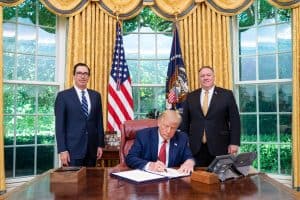


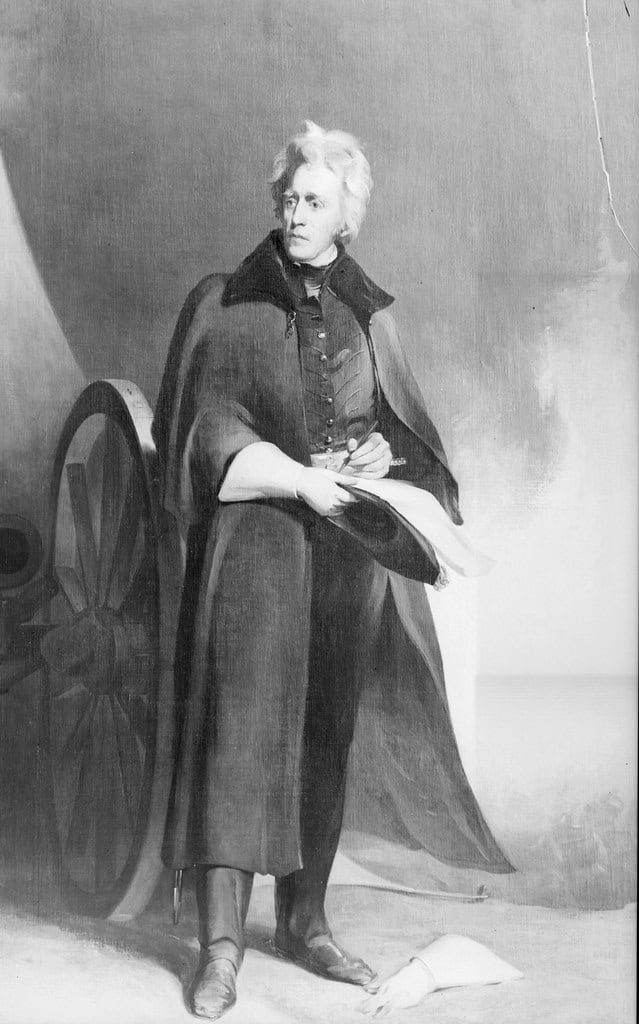
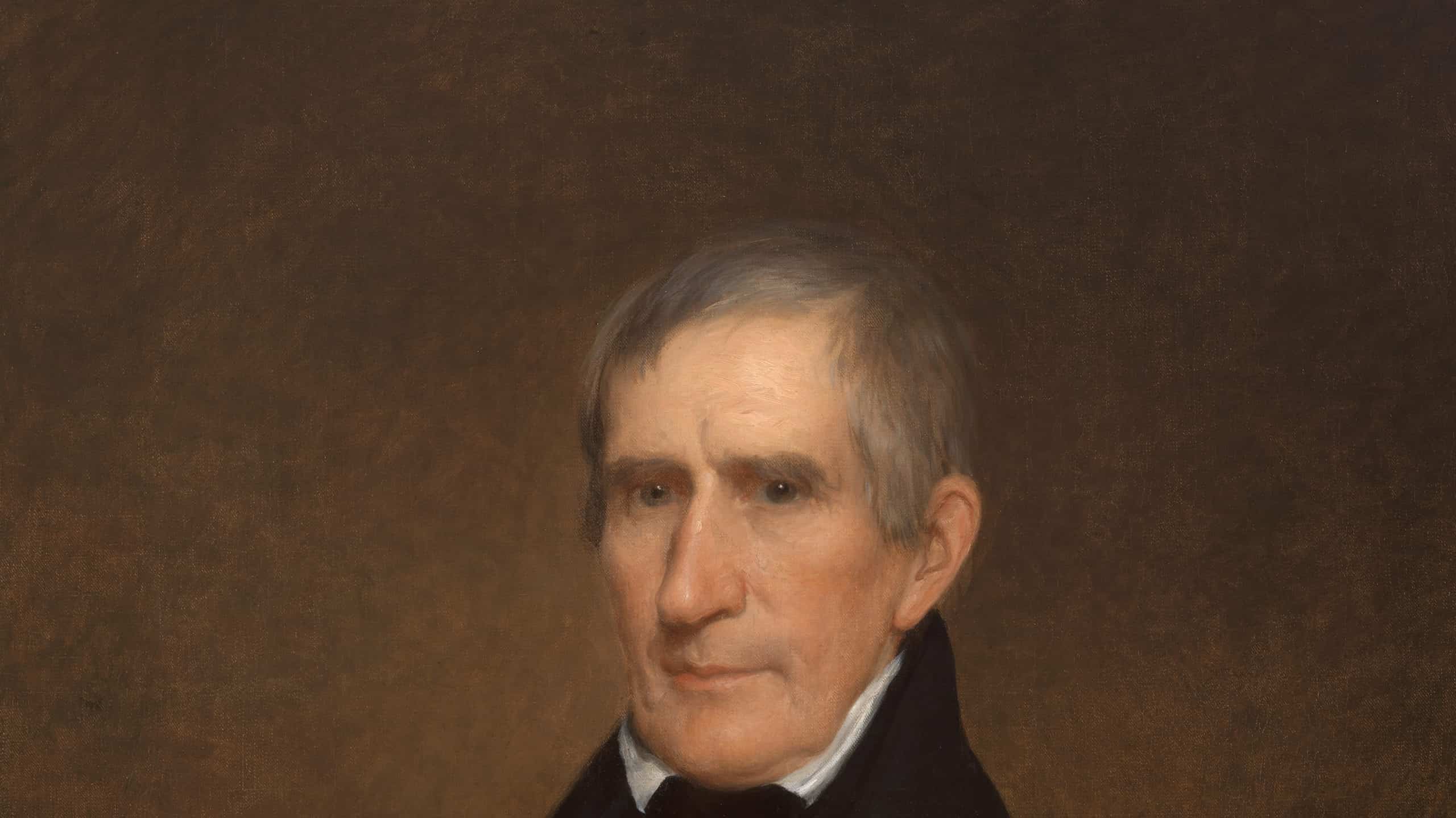
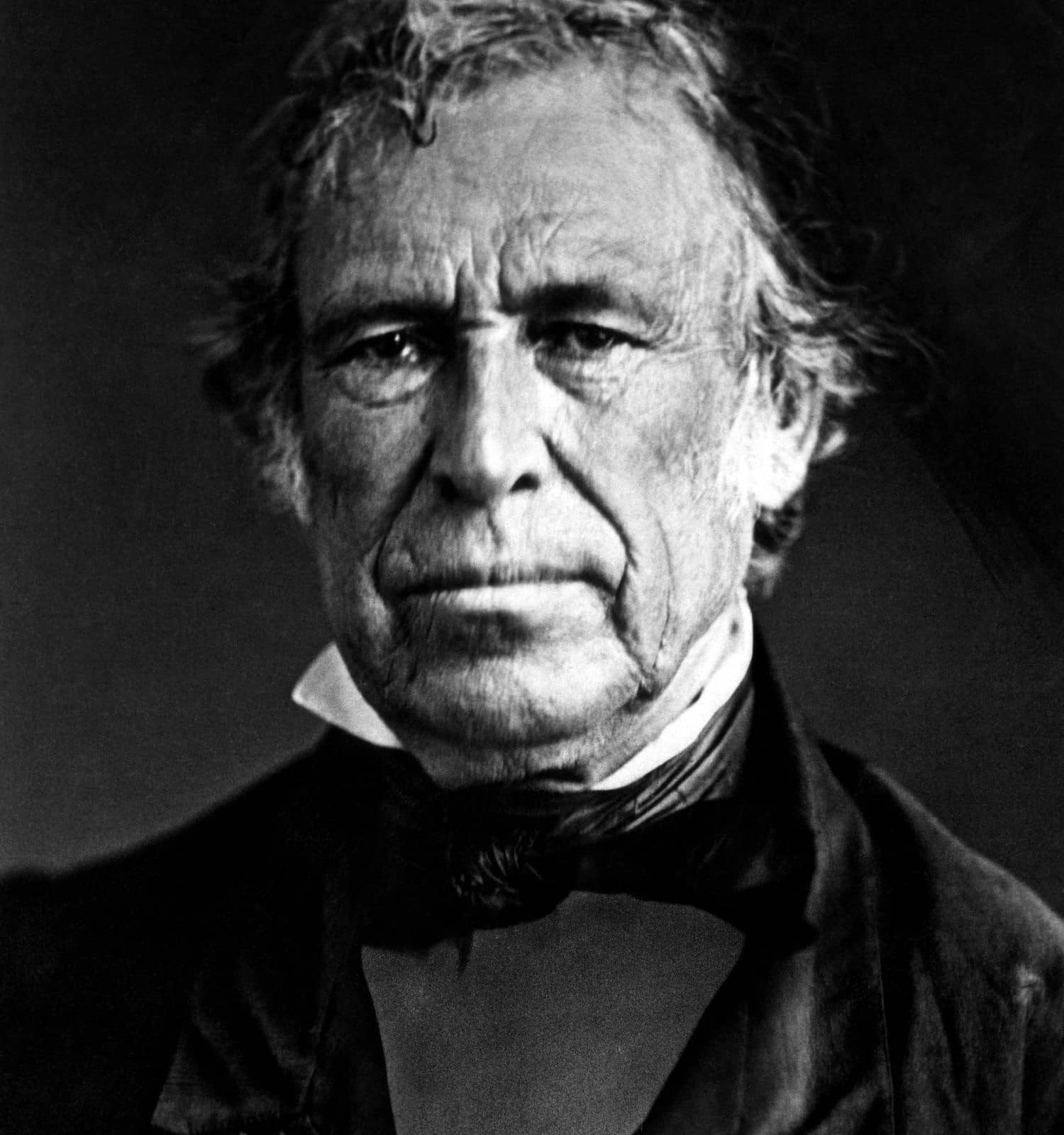
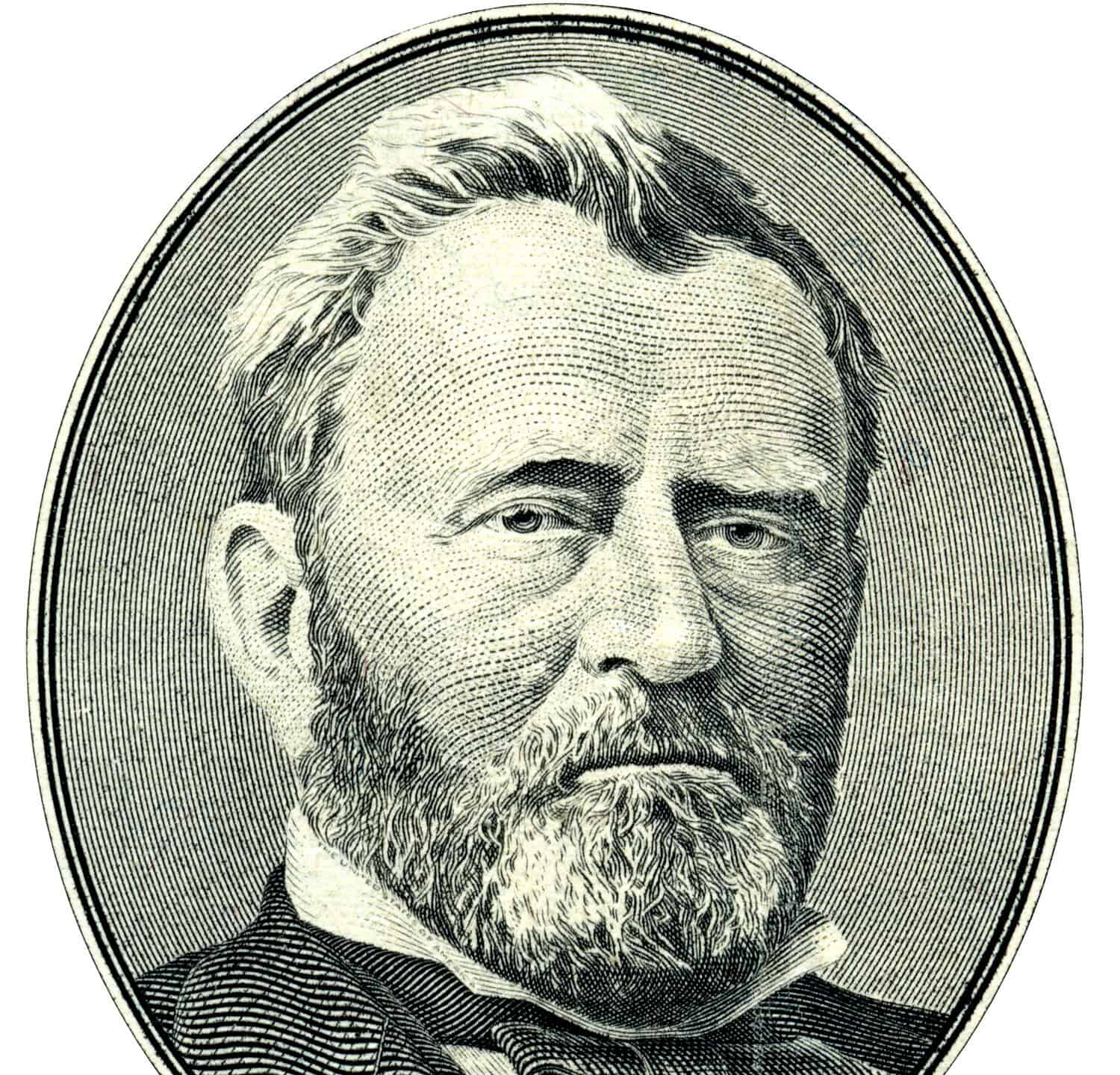

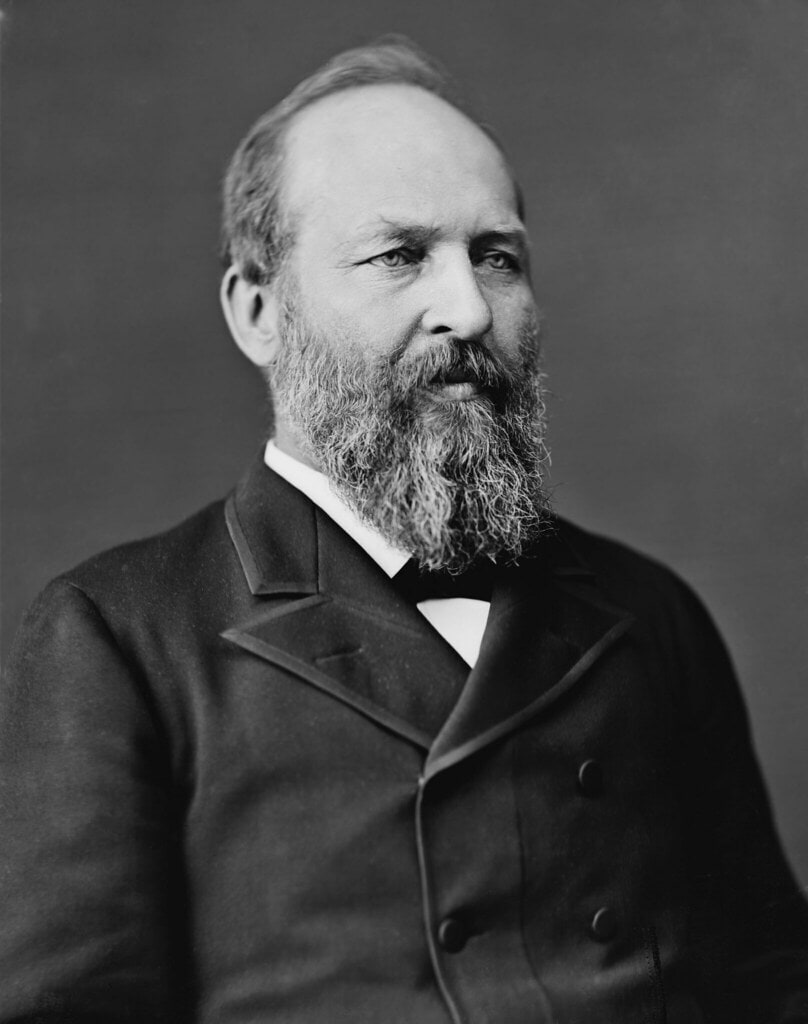
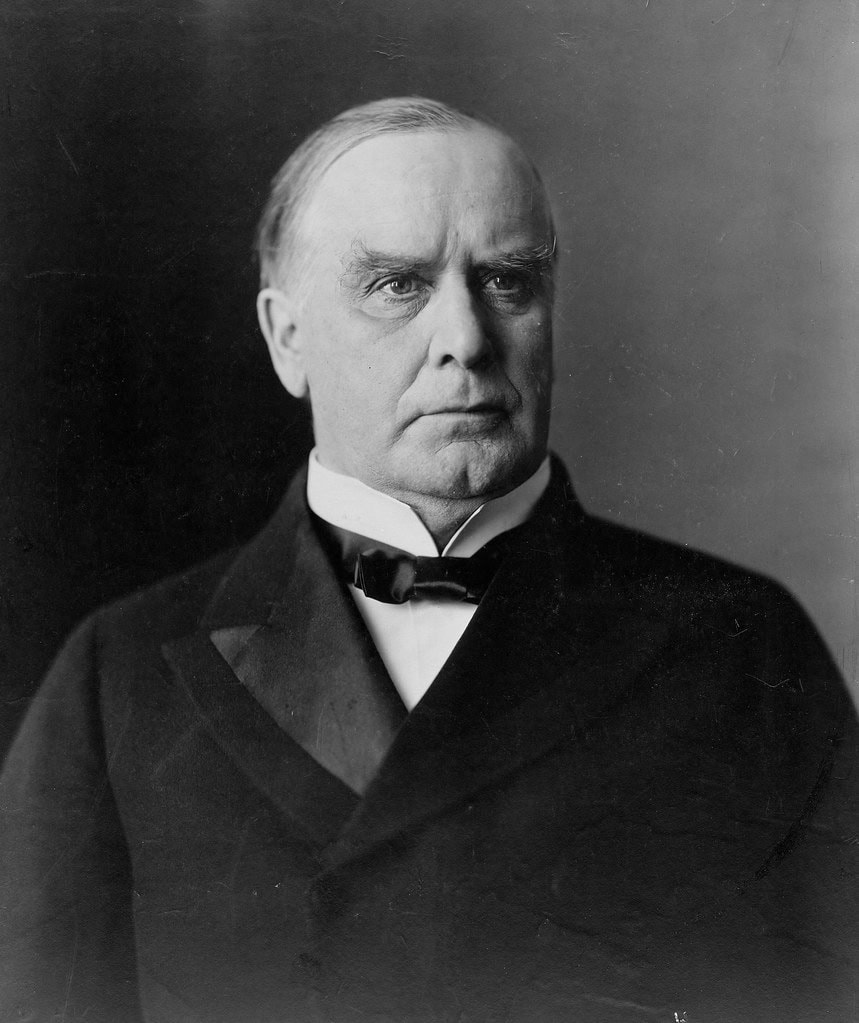
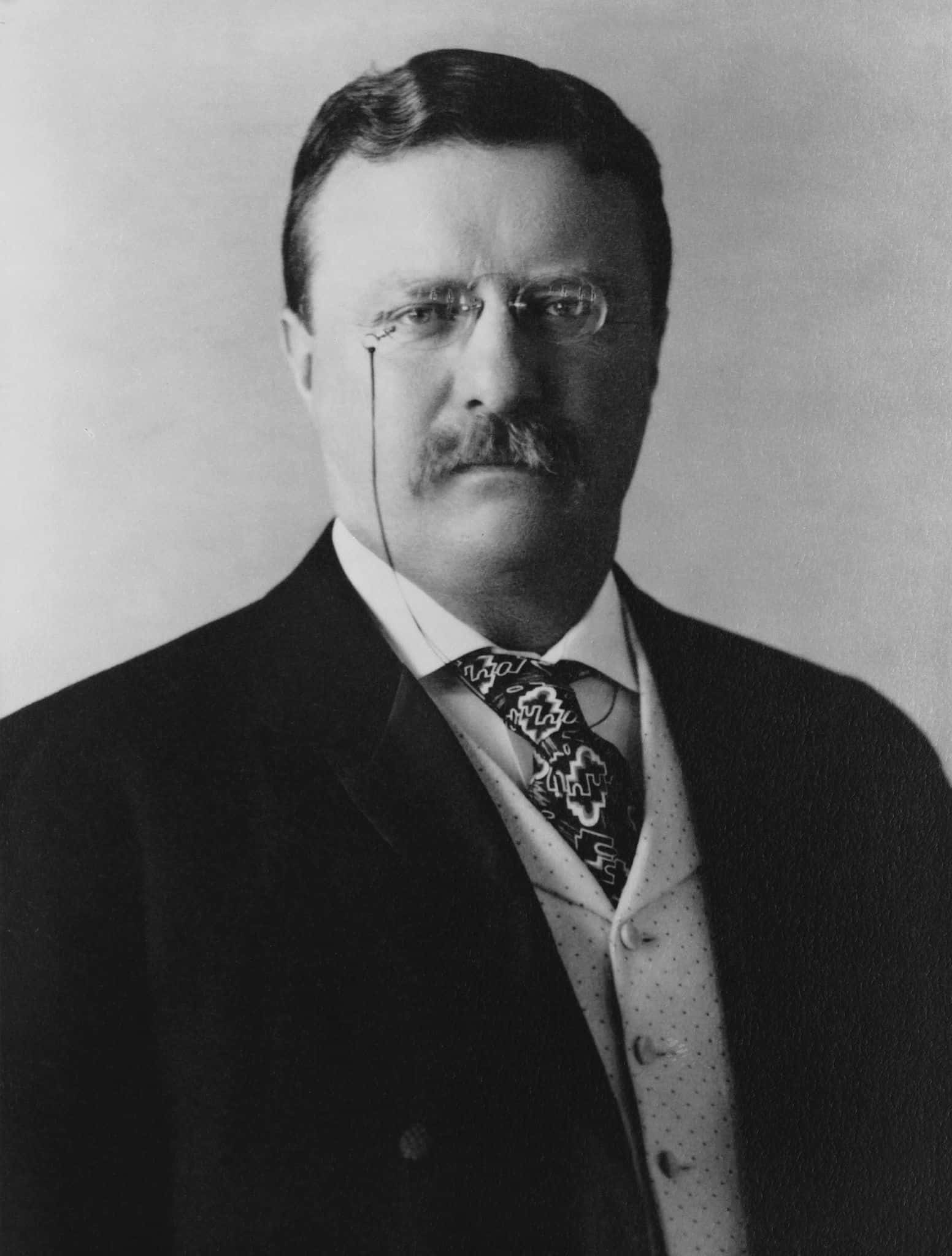
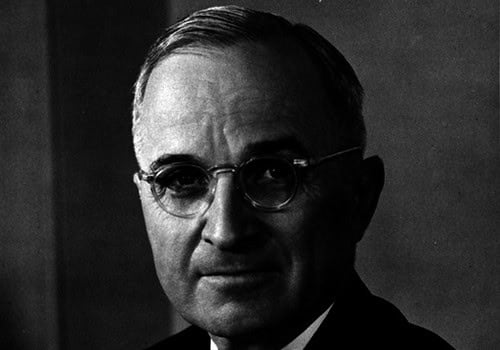
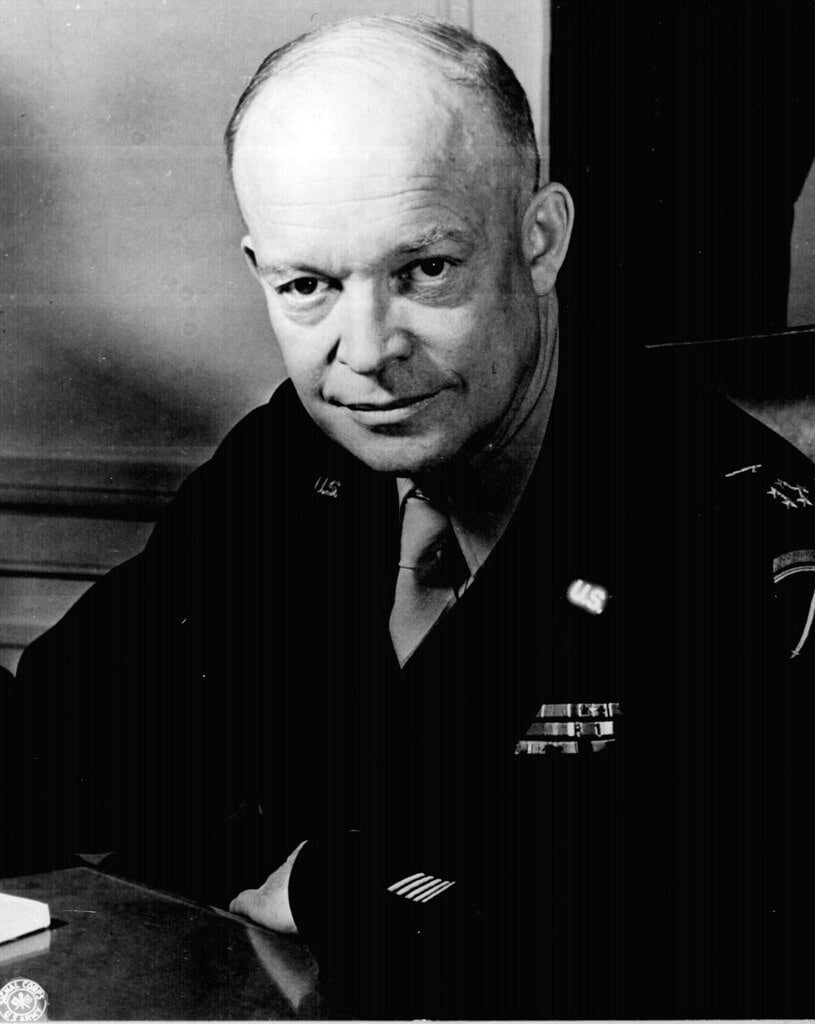
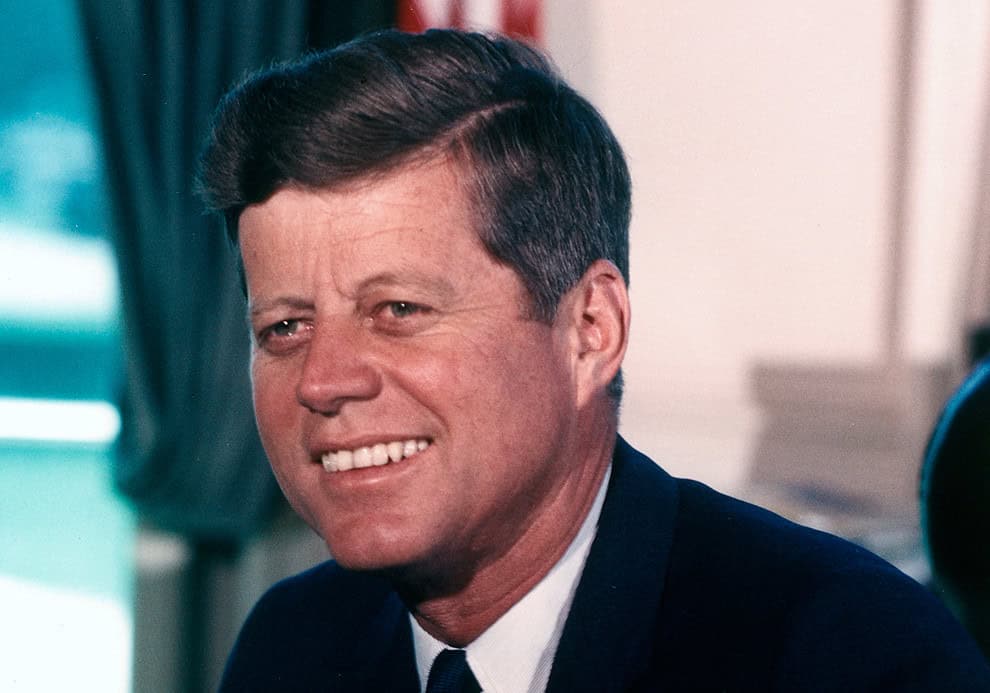

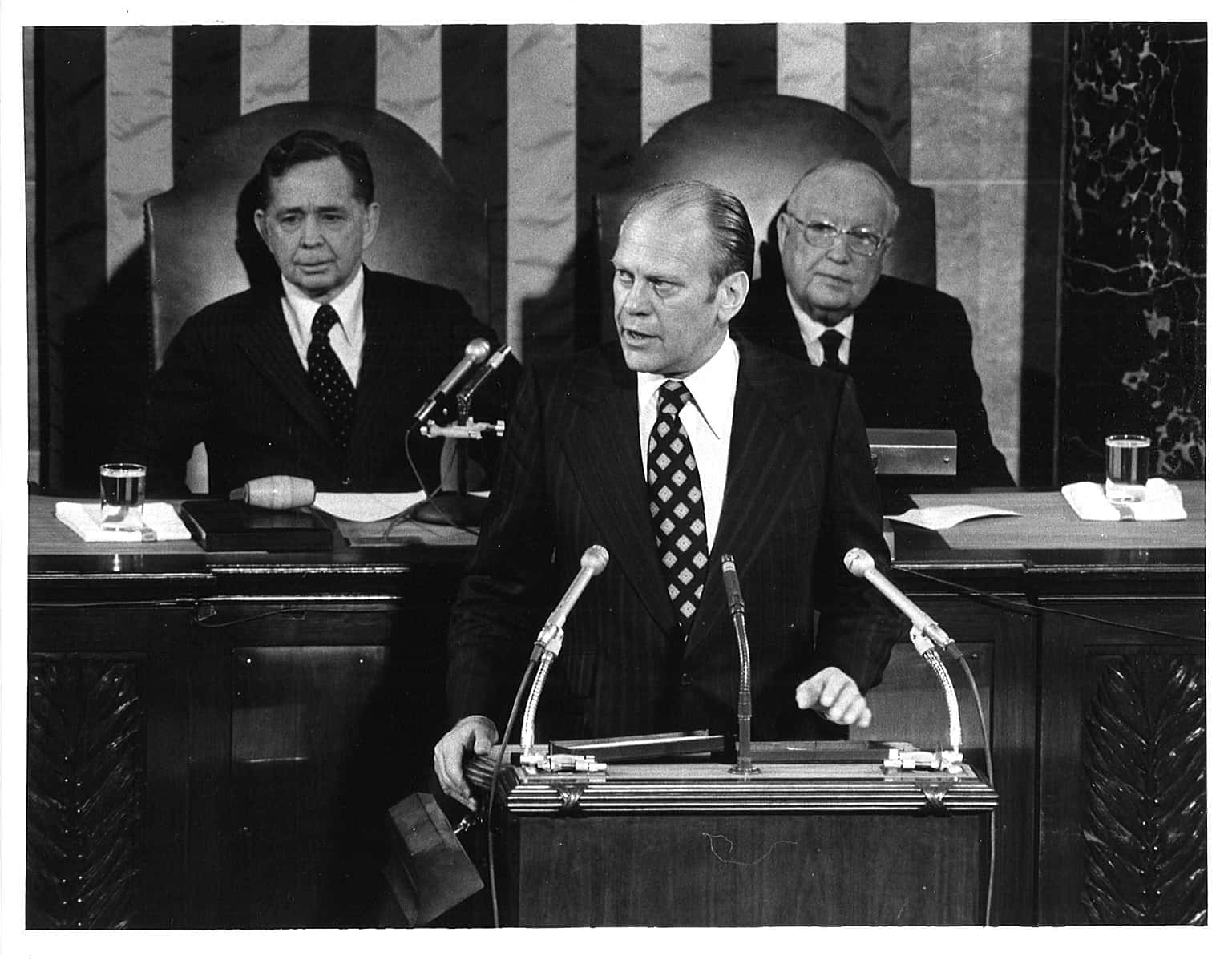
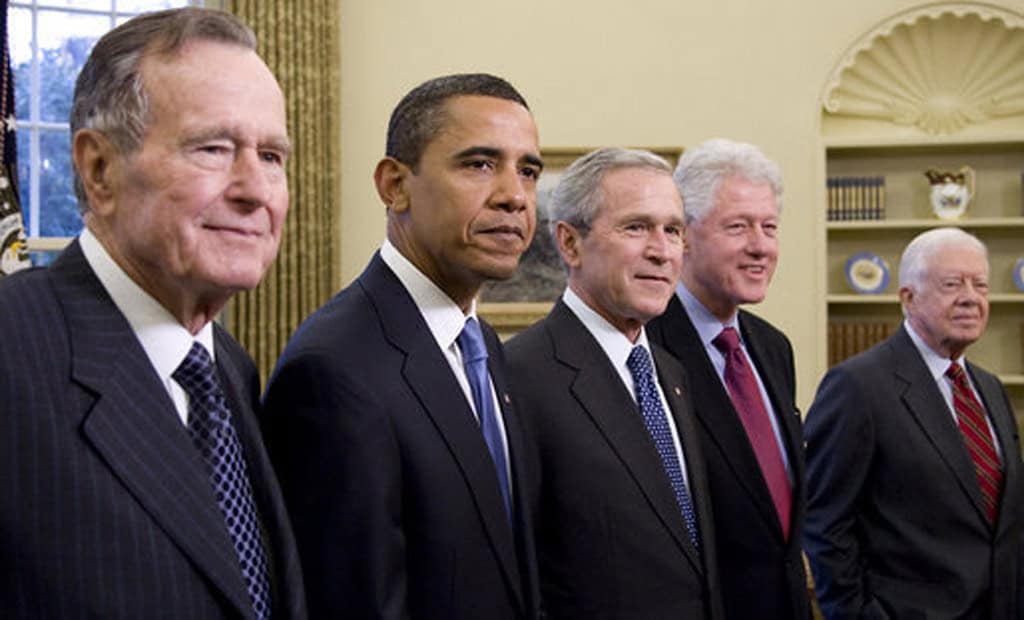
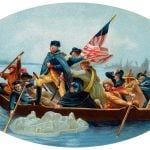
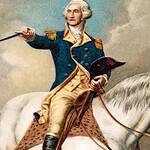
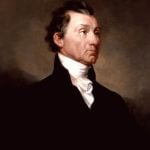
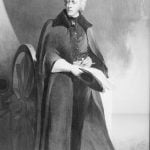
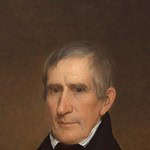
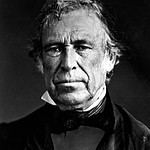
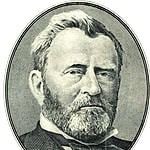
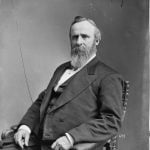

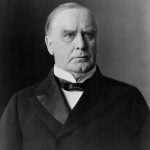
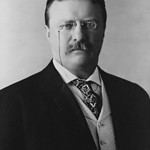

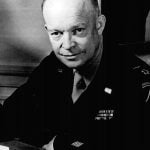
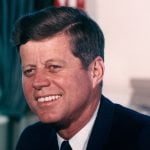
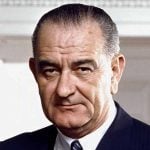


These Presidents Fought on the Battlefield Before Leading the Nation
The last 30 or so years have seen presidents without military service, a rarity when compared to the last 250 years or so. Many of the nation's Founding Fathers served in the military, a tradition that ran through the presidency until relatively recently. Today, we're examining which presidents picked up a rifle before wielding a pen.
George Washington
Starting us off is the first president and commander of the Continental Army, George Washington. Washington had a fairly lengthy military career, serving as an officer not just in the Revolution, but also in the French-Indian War.
James Monroe
Interestingly, the next major president to have any sort of combat experience is the 5th president, James Monroe. Monroe ascended to the rank of colonel in the Continental Army and was wounded in combat during his service.
Andrew Jackson
Jackson has a somewhat muddled legacy. His military service cannot be disputed, however, with the 7th president serving as a major general in the Army and seeing action in the War of 1812.
William Henry Harrison
William Henry Harrison holds the dubious distinction of having the shortest tenure in office, lasting a mere 31 days. However, he did command the Army of the Northwest during the War of 1812. During his service period, he had some notable distinctions and was awarded for his conduct in battle.
Zachary Taylor
Zachary Taylor had an impressively long military career. Serving in the US Army from 1808 to 1849, he saw combat during the War of 1812, various conflicts against native tribes, and the Mexican-American War. It certainly must have done the trick for winning the public over, as he was elected shortly after the end of the Mexican-American War.
Ulysses S. Grant
Ulysses S. Grant's presidency was a bit of a mixed bag, as he had to hold tight to Republican gains during Reconstruction and oversee a massive recession during 1873. As the commander of the Union Army during the Civil War, he marked himself with distinction, being instrumental in the final push that saw the war come to a close.
Rutherford B. Hayes
Hayes doesn't get nearly as much praise as the likes of Theodore Roosevelt for his tenacity, but the 19th president of the United States certainly deserves it. Wounded an astounding five times, with the most severe taking place during the Battle of Stone Mountain. Hayes would recover, finding time to serve in Congress, was elected governor of Ohio, and ultimately to the presidency in 1877.
James A. Garfield
Garfield's legacy as a president is largely mired in the ignoble end he suffered after being shot just two months after his inauguration. During the American Civil War, Garfield was no stranger to the battlefield. He saw action at the Battle of Middle Creek, the Battle of Shiloh, and the Battle of Chickamauga, among others.
William McKinley
McKinley is perhaps best known for seeing the United States through the Spanish-American War, and his eventual assassination during the start of his second term in 1901. McKinley served admirably during the American Civil War for the Union, taking part in 11 battles before the war's end as an officer in the 23rd Ohio Infantry.
Theodore Roosevelt
Roosevelt is an oddity on our list, being McKinley's second vice president. Roosevelt originally intended to stay in politics before founding a volunteer cavalry force to help fight in the Spanish-American War. Roosevelt would end the war as a colonel, before returning back to his political career.
Harry S. Truman
Truman marks a trend we'll see again, at least in times without notable conflicts. Truman served as an artillery commander during the First World War, taking part in the Meuse-Argonne Offensive among other notable actions. Interestingly, Truman would desegregate the armed forces in 1948.
Dwight D. Eisenhower
Supreme Commander of Allied Forces certainly has a ring to it when considering our next president. Eisenhower is perhaps more famous for his military service during the Second World War, notably planning such massive battles as D-Day and overseeing counterattacks during the Battle of the Bulge.
John F. Kennedy
JFK is an interesting figure when you consider the circumstances of his military service. Serving aboard PT-109, Kennedy would end up rescuing a fellow crewman burned during a Japanese warship attack that saw his vessel destroyed.
Lyndon B. Johnson
Kennedy's successor, Johnson, wasn't as decorated in battle, but was trying to improve conditions for the Navy during his short time in service. Johnson was elected to Congress in 1937 while also serving in the Naval Reserve. He was eventually recommended for a Silver Star for his conduct, and his chronicling of conditions in the Pacific resulted in his appointment to the Naval Affairs Committee.
Gerald Ford
Ford had a more notable military career than a presidency, you could say. Serving on the USS Monterey, Ford would be present for actions in the Pacific Theater, with the carrier helping to secure the Makin Islands and launching attacks against Wake Island.
George H. W. Bush
Last, but not least, is George H. W. Bush, who served as a naval aviator during the Second World War. Bush's first combat mission saw him striking enemy targets on Chichijima before his aircraft was downed. He was the sole survivor from his air crew, an event that would shape his personal beliefs for years to come.
